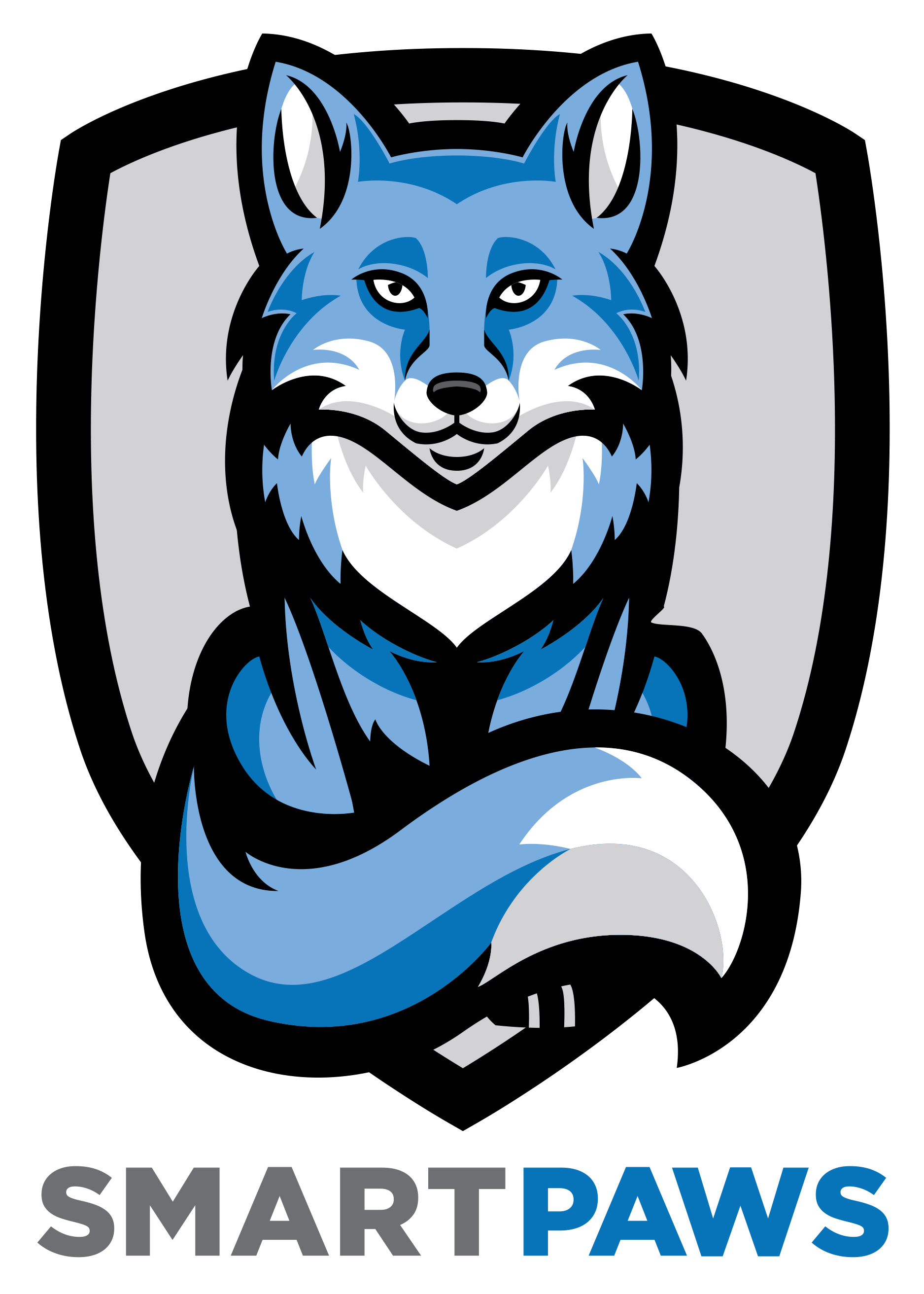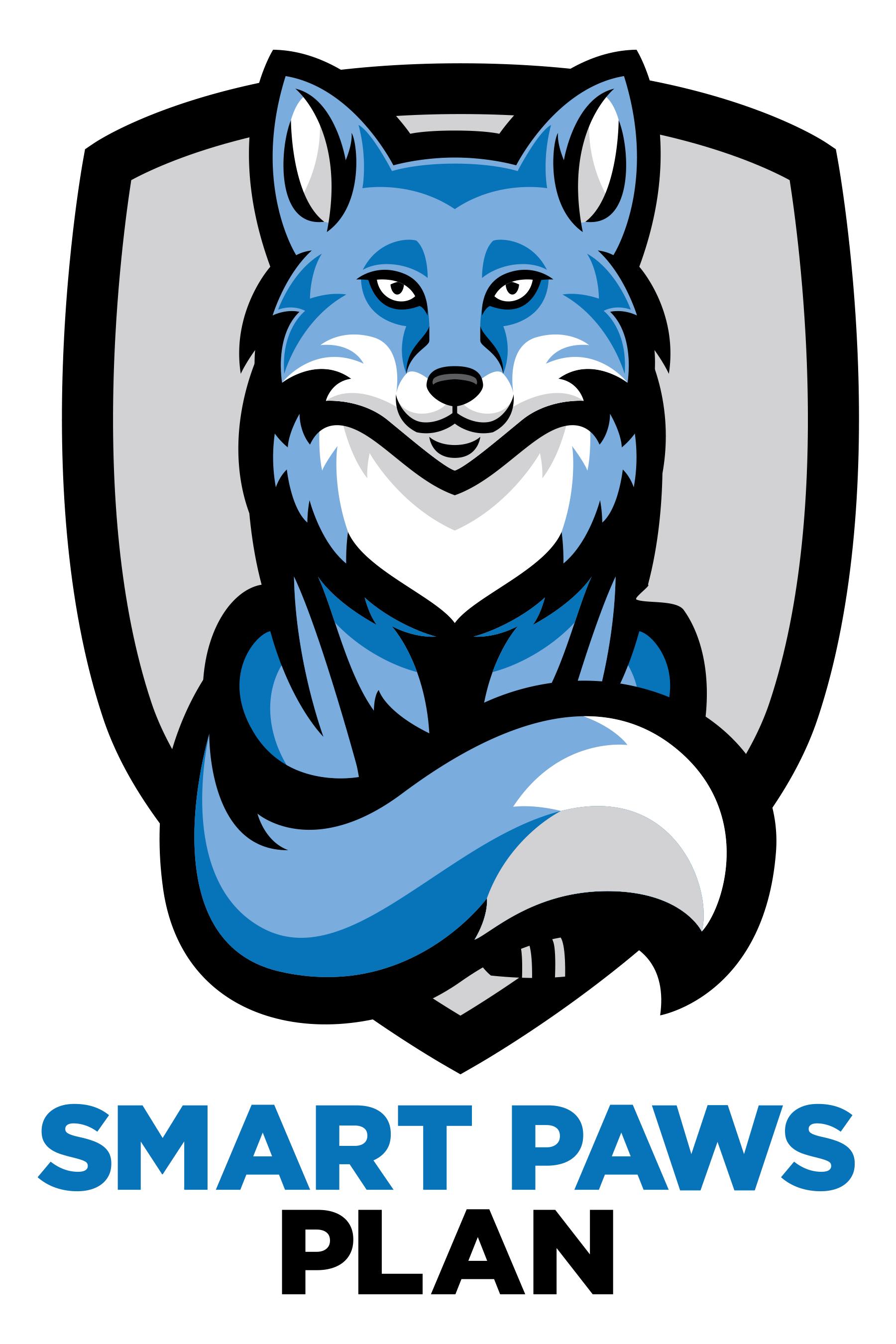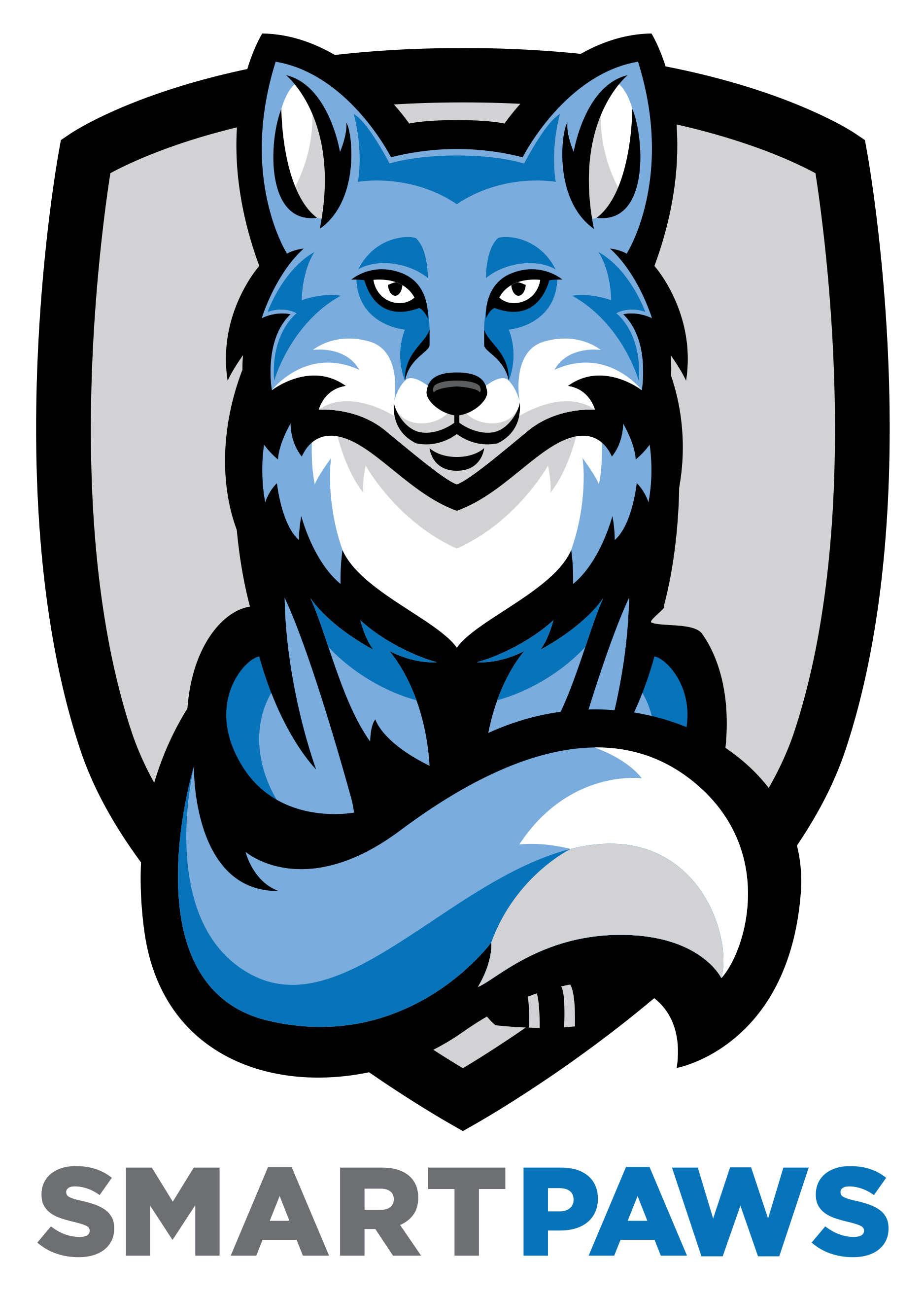Picture this: Sarah walks into her new job on Monday morning, excited and ready to contribute. HR hands her a stack of forms, points toward a desk, and says "Your laptop should arrive… sometime this week." By lunch, she's still waiting for email access, can't log into any systems, and feels like dead weight while her team works around her.
Sound familiar? It happens more than you'd think.
According to Gallup, only 12% of employees strongly feel their company does an excellent job onboarding new employees. That means 88% of businesses are leaving their newest talent frustrated, unproductive, and questioning their decision to join.
But here's the thing: it doesn't have to be this way. With smart IT processes, you can transform that chaotic first day into a smooth, professional experience that impresses new hires and gets them productive from hour one.
Why IT Onboarding Actually Matters
Most companies treat IT setup as an afterthought. "We'll get them a computer eventually." But poor IT onboarding creates a domino effect of problems:
Lost productivity: New employees spend their first week asking for passwords instead of doing actual work.
Security risks: Rushed setups often skip crucial security protocols, leaving gaps in your defenses.
Bad first impressions: Nothing says "we're disorganized" like a new hire staring at a blank screen for three days.
Higher turnover: Employees who experience poor onboarding are twice as likely to look for other opportunities.
On the flip side, companies with strong IT onboarding see 70% improvement in new hire productivity and 82% better retention rates. The investment pays for itself quickly.

The Smart IT Onboarding Framework
Great IT onboarding happens in phases, starting before the employee's first day and extending through their first month. Here's how to do it right:
Phase 1: Preboarding (Before Day One)
The magic happens before your new hire walks through the door. This is where you eliminate 90% of first-day friction.
Hardware Preparation
- Order and configure devices based on the employee's role
- Install necessary software and business applications
- Set up monitors, keyboards, and peripherals
- For remote employees, ship everything to arrive 1-2 days early
Account Creation
- Generate email accounts and system credentials
- Set up user profiles in all relevant business applications
- Configure role-based permissions and access levels
- Create entries in your employee directory and org chart
Digital Welcome Package
- Send login credentials through secure channels
- Provide setup instructions and quick-start guides
- Share team contact information and organizational resources
- Include first-day schedule and meeting details
The goal is simple: when your new hire sits down on day one, everything just works.
Phase 2: Day One Excellence
Even with perfect preboarding, the first day needs structure and support. Here's your day-one checklist:
Immediate Access
- Verify all systems and applications load correctly
- Test email, calendar, and communication platforms
- Ensure network access and VPN connectivity (for hybrid workers)
- Confirm access to shared drives and collaboration tools
Security Protocols
- Complete multi-factor authentication setup
- Review password policies and security best practices
- Install and configure security software
- Conduct basic cybersecurity awareness training
Personalization and Training
- Customize desktop settings and application preferences
- Provide role-specific software training and documentation
- Introduce collaboration tools and company communication norms
- Schedule follow-up sessions for complex applications

Phase 3: Automation Makes It Scalable
Manual onboarding works for your first few hires. But as you grow, automation becomes essential. Smart businesses use tools and processes that eliminate human error and reduce IT workload.
Automated Provisioning
Modern identity management systems can automatically create accounts across multiple platforms when HR adds a new employee to the system. One entry triggers email creation, software licensing, security group assignments, and access permissions.
Template-Based Setup
Create device images and configuration templates for different roles. Marketing associates get design software and brand assets. Developers get code editors and repository access. Sales reps get CRM tools and presentation software.
Workflow Integration
Connect your HR system to IT provisioning tools so account creation happens automatically when someone accepts an offer letter. Use communication platforms to notify relevant team members about new hire progress.
Self-Service Options
Provide new hires with secure portals where they can complete forms, download software, and access training materials on their own schedule.
Phase 4: Security Without Friction
Security can't be an afterthought, but it shouldn't create barriers to productivity either. The best security measures work invisibly in the background.
Zero Trust Principles
Never assume someone should have access just because they're inside your network. Verify every user and device, every time. This protects against both external threats and insider risks.
Progressive Disclosure
Grant access gradually based on role requirements and training completion. New employees start with basic access and gain additional permissions as they demonstrate competence and complete security training.
Continuous Monitoring
Use tools that monitor user behavior for unusual activity patterns. This helps catch compromised accounts quickly while providing insights into how employees actually use your systems.

The Long-Term Payoff
Investing in proper IT onboarding creates benefits that extend far beyond the first week:
Faster Time to Productivity: Well-prepared employees contribute meaningfully within days instead of weeks.
Reduced Support Tickets: Comprehensive setup and training prevent most common IT issues from occurring.
Better Security Posture: Employees trained from day one are less likely to fall victim to phishing or make security mistakes.
Improved Culture: Professional, organized onboarding signals that your company values employee experience and has its act together.
Scalable Growth: Automated processes let you hire rapidly without overwhelming your IT team.
Making It Happen at Your Company
Start small and build systematically. You don't need to overhaul everything at once.
Week 1: Create a simple checklist of everything a new hire needs on day one. Include hardware, accounts, permissions, and training materials.
Week 2: Identify which steps can be completed before the start date. Begin doing preboarding for your next hire.
Week 3: Document your process so anyone on your team can execute it consistently.
Week 4: Look for automation opportunities. What manual steps could be eliminated with better tools or integrations?
Most importantly, ask for feedback from recent hires. They'll tell you exactly what worked and what felt clunky. Use that insight to refine your approach.
The Bottom Line
Great IT onboarding isn't about having the fanciest tools or biggest budget. It's about thinking systematically, preparing thoroughly, and respecting your new employees' time and experience.
When someone accepts your offer letter, they're trusting you with their career. The least you can do is make sure their computer works on day one.
The companies that get this right don't just avoid the chaos of poor onboarding: they turn the first week into a competitive advantage that attracts better talent and sets everyone up for long-term success.
Ready to streamline your IT onboarding process? FoxPowerIT helps small and medium businesses create professional, secure onboarding experiences that impress new hires and boost productivity from day one. Contact us to learn how we can help your team grow confidently.

